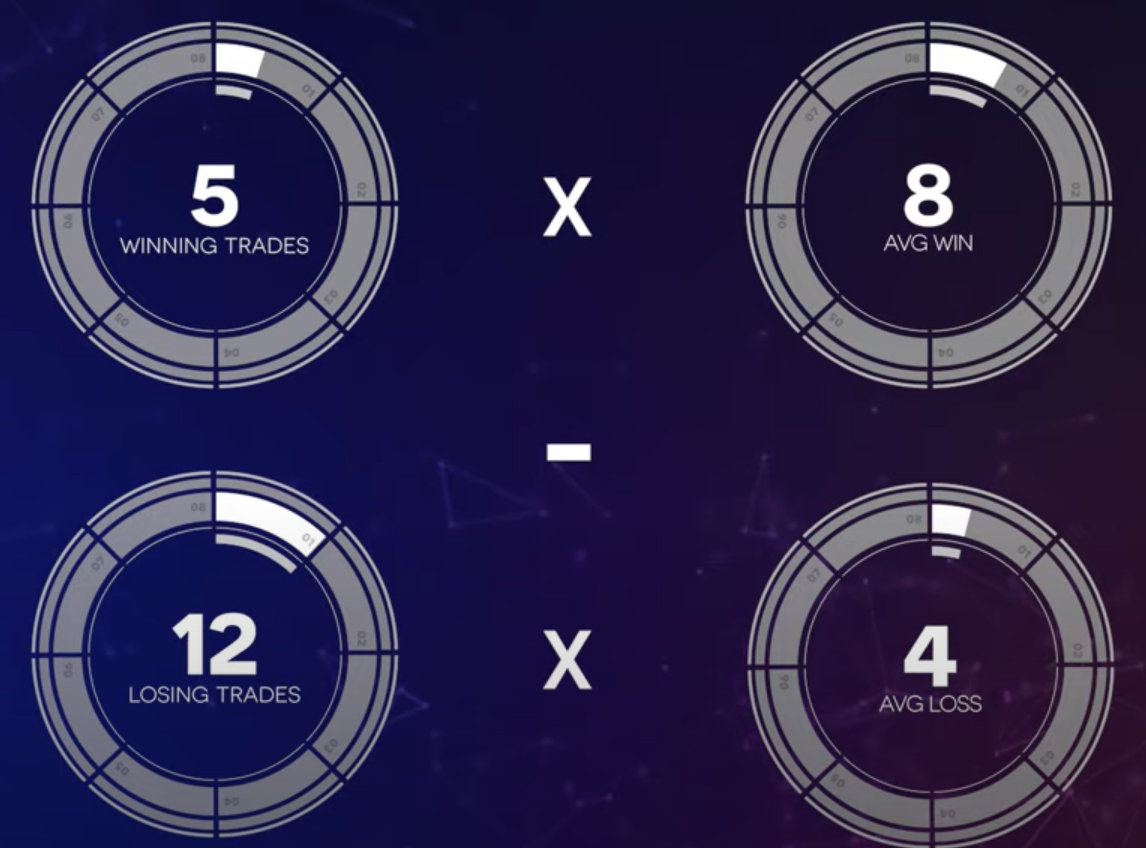There are two emotionally charged frequently asked questions. The first one is what would happen if everyone starts trading the same strategy? I don’t remember the first time I was asked this question. But I do remember this question asked during one of the meetings that changed my destiny and brought me clearly to where I am today.
Dr. Anna Becker’s background
At that time, I had a meeting with the leading investor of my first fintech company Strategy Runner that I founded in 1999. It was the fourth meeting of the day. To say the least, I was exhausted. And I was tremendously bothered by the lack of understanding shown. Why those smart investors were not jumping for joy? They had such a great opportunity to invest in a team of Computer Science PhDs and developers with a huge experience in all the right top companies.
The only plausible reason is that it was the year 2000. And the investment doors were literally closing on startups one after another in the post-internet bubble burst.

On that day, I remember that the meeting room was decorated with jeans elegantly placed on the walls (we were at Lee Cooper’s main office). And at that meeting, two guys sat in front of me. One of them listened very attentively and was clearly taken in by my idea and my team.
Next to him, sat a young tech guy with long hair and a true geek’s T-shirt. Irritatingly he kept asking questions to the point where he turned me off and got on my nerves. Finally, he asked THAT question: What would happen if everyone joins your system and starts trading the same strategy? Trading is a zero-sum game, the market will crash, won’t it?

And I snapped back: Why do you ask such a philosophical question? You would better ask business-related ones.
Some context for you: I was 26 and I am not proud of my poor meeting room manners. But back then I was proud of myself for about 10 more minutes until we finished the meeting.
This was because the person who brought me in mentioned that the young tech guy was my investor. And the other one sitting at the CEO table was his elder brother, who arranged the meeting. The tech guy was the famous Yair Goldfinger, the creator of ICQ. Being only two years older than me he also liked my idea and eventually invested in my company.

Anyway, I was proud to call the question of many people trading the same strategy philosophical. For a beginner who never experienced the full process of building a successful model such a question is similar to What will you do if you become a top celebrity in the world? Most of us will answer – let’s get there first, right?
My live experience of model performance
Meanwhile, I started to trade with my models. And it made me understand that the true question is not about what happens if everybody joins one model and keeps trading the same strategy. The true question is what will happen to your model performance when it manages $10,000+ / $100,000+ / $1,000,00+ / $2-500 million / then billions. The different strategies have different model performance curves. They depend on the market liquidity and the type of orders use along with the frequency of trading. And of course, the win-loss ratio, trading commission, spread, slippage, and more.
Obviously, I don’t want to bore you with the full detailed analysis breakdown of every model and its identifying factors. Instead, I want to explain the logic behind them. And this logic is written in the simplest form is that: every trade has a price defined by the model for each Buy and Sell signal to be executed.
Example of a model performance
The model creates signals to Buy at $100 and Sell at $110. But when the system actually sends and executes the signals, they’re filled at the price of $101 and $109. And instead of 10 points profit, you will only get 8 points.
That may seem insignificant in this scenario since your system still got some profit. But the real and often ignored core issue is that when it comes to losing signals in positions, you actually suffer bigger losses every time.
Let’s analyze the following example. If we have 5 winning trades, 12 losing trades, then our profit/loss formula for the system will be:
- number of winning trades multiplied by profit from each trade,
- minus losing trades multuplied by loss from each losing trade.

Our model is expected to have 26 points.
In reality, the system will lose money, it will lose 8 points. Based on the fact that 5 winning trades will bring only 8 points each. And 12 losing trades will lose 4 points each.

To summarize and simplify the lesson: anyone and everyone can manage a ten thousand dollars account and make some profit when everyone trades the same strategy. But very few systems are able to manage hundreds of millions without losing the performance or worse the funds.
